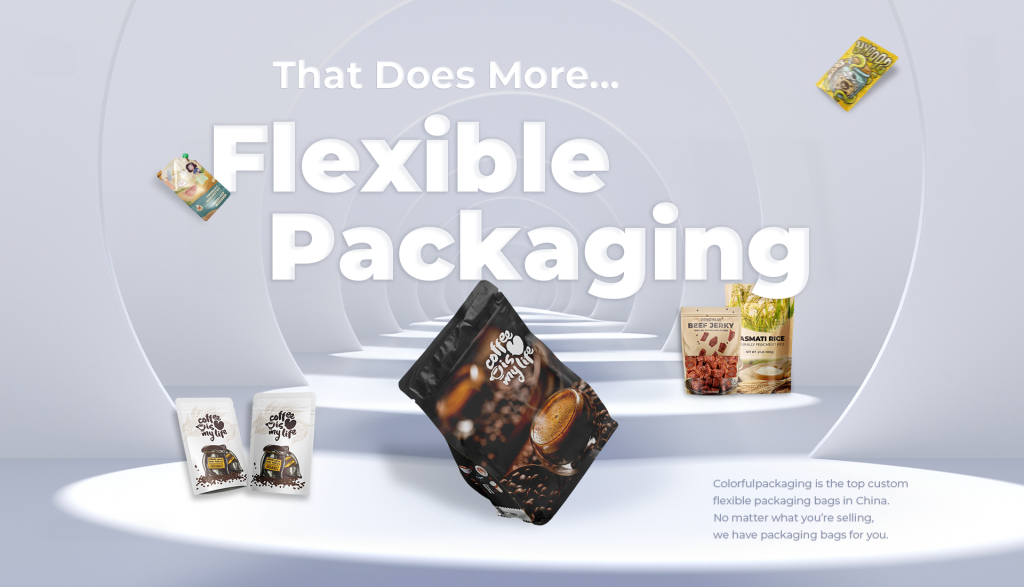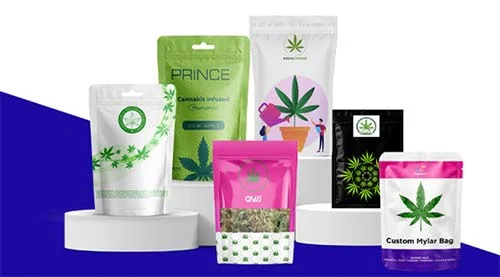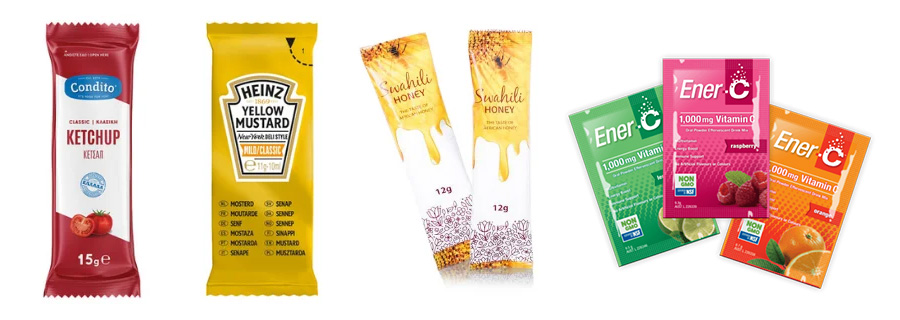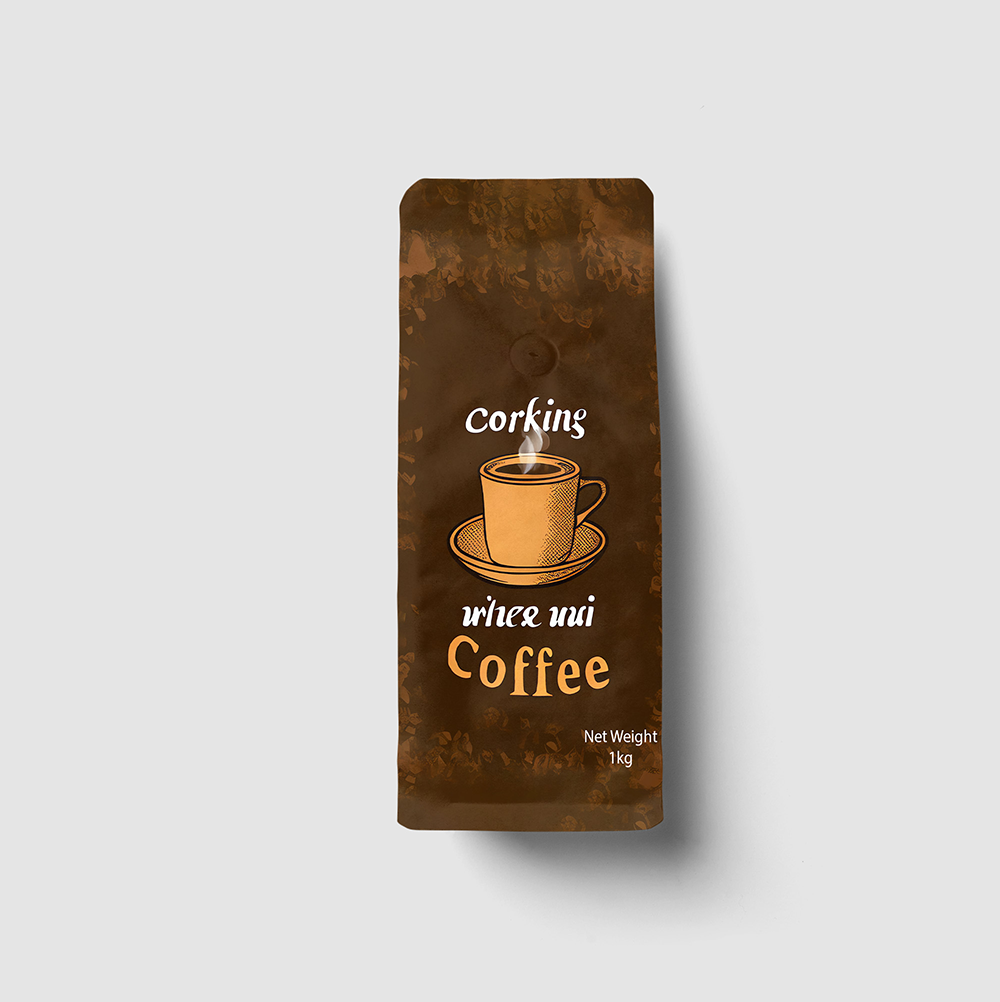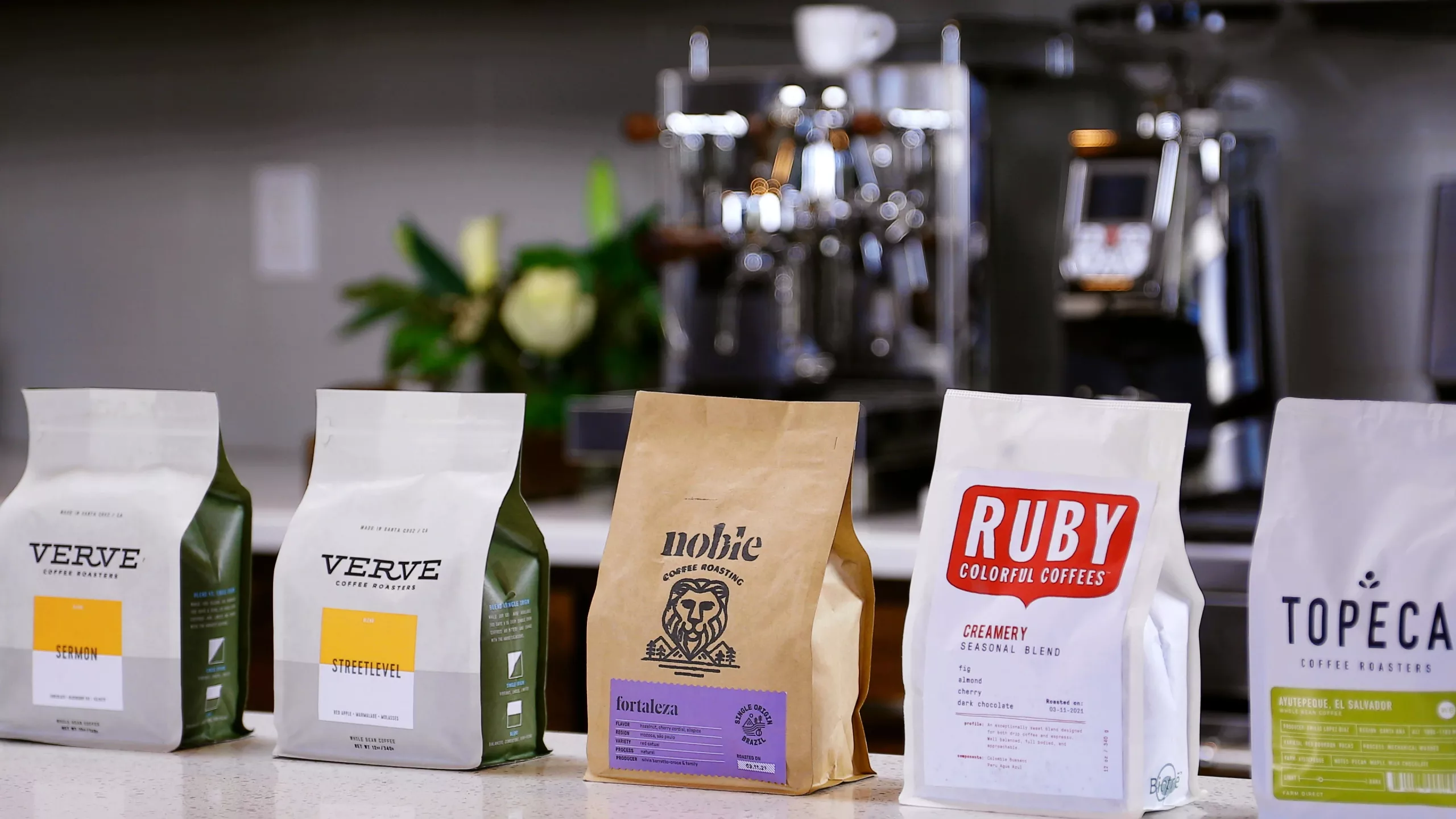Picking the right roast coffee bags for your brand can be a bit more complex than it may seem at first glance. Coffee packaging isn’t just about holding in the product, per se, but about preserving freshness, showcasing your brand, and offering an overall experience to the customer. With so many options available, let’s take a closer look at the key things that will make sure you get this right for your business.
1. Understand Your Coffee’s Needs
Each coffee blend has its own peculiar needs, especially when it comes to maintaining its freshness. Freshly roasted coffee beans emit carbon dioxide, and this must be managed to prevent the degradation of the coffee’s quality. The right packaging helps achieve this balance. For optimal freshness, look for one-way degassing valve bags that release CO2 while keeping oxygen out and your coffee from going stale.
Barrier Protection:
It is essential to use packaging to protect your coffee from moisture, oxygen, and light. Materials like aluminum foil offer excellent barrier protection to help preserve flavor.
Resealable Options:
It is quite important to have resealable bags available, especially for the sale of ground coffee or smaller portions. This helps maintain freshness after opening.
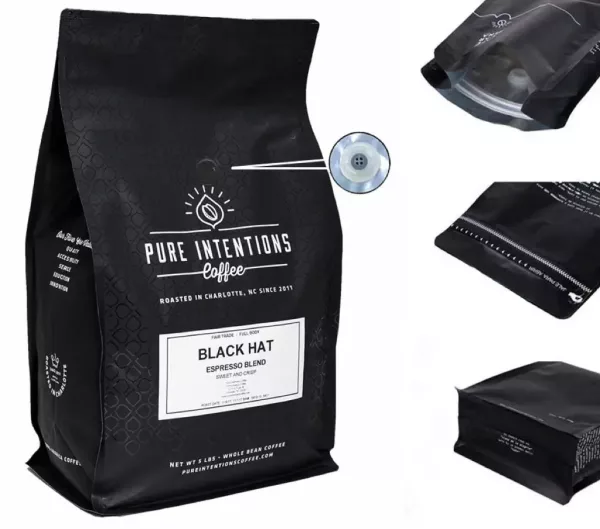
2. Match Packaging Style with Your Brand Identity
The packaging you go for your roasted coffee is representative of your brand’s ethos and target audience. You have to choose an appropriate packaging style that will help your brand reinforce its values and appeal to the consumers’ preferences. Some of the popular packaging styles include:
Stand-Up Pouches:
These are versatile and catchy for retail display as they stand tall and catch the attention of every passerby.
Flat Bottom Bags:
Ideal for luxury brands, these provide stability and a high-end, symmetrical appearance.
Side Gusseted Bags:
More traditional, suitable for bulk coffee packaging, this is one of the most space-efficient types. Furthermore, the material you go for in your bags—from kraft paper to foil to biodegradable composites—will also be congruent with your branding and your budget.
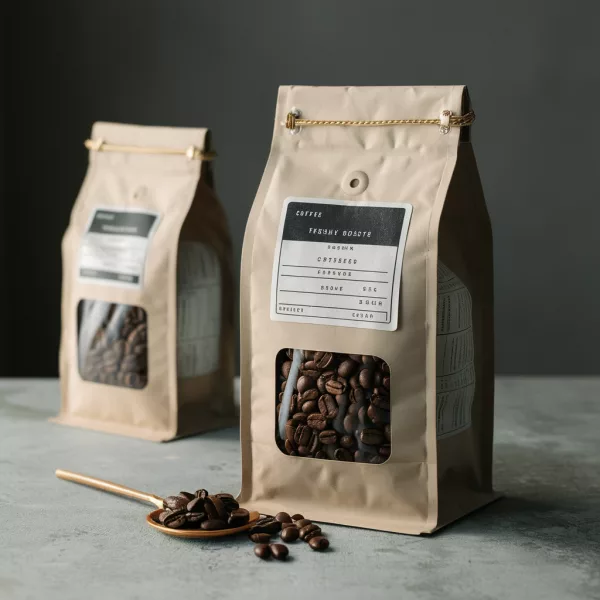
3. Go Green – Choose Eco-Friendly Packaging
Sustainability is not a fad, but it is an imperative part of modern consumer values. Environmentally aware consumers are more willing to support brands that show care for the future of the planet. The transition to eco-friendly packaging for roasted coffee will improve your brand’s reputation and leave a positive mark on nature. Have a look:
Compostable Bags:
Made from PLA or kraft paper, among other materials, compostable bags are an excellent way to contribute to waste reduction.
Recyclable Packaging:
Great for brands just starting their journey towards sustainability, the materials are easily recyclable; it’s a conscious choice that can be made by consumers.
Reusable Designs:
Bags featuring resealable zippers encourage reusability, which will reduce packaging waste over time. And don’t forget to add a small logo or message on your bags so that your message of sustainability is across loud and clear.
4. Durability and Functionality
Your packaging must be strong enough to withstand shipping, storage, and handling without compromising the freshness of your coffee. A good bag secures your product to enhance customer satisfaction. Pay attention to the following:
Thickness:
Premium thickness that is resistant to punctures should be strong enough to preserve the sensitive aroma of your coffee.
Heat-Sealed Closure:
This prevents the bag from opening by accident during transit and will protect the integrity of your product.
Valve Placement:
A well-placed degassing valve controls the release of CO2 while preventing oxygen from entering.
5. Design for Impact
The look of your packaging is one of the most influential marketing tools in a competitive market. Custom roasted coffee packaging gives your brand center stage, making your product pop on store shelves. Consider the following design tips:
Variety Colors:
Choose bold and contrasting colors that can help your bags compete in the marketplace.
Clear Branding:
Add recognizable logos, captivating taglines, and contact details for customers’ easy recognition.
Window Feature:
A window within the package would allow clients a clear view of what is contained therein and aid in fostering their trust due to the clear visualization of your high-quality coffee.
6. Size and Capacity: Getting a Suitable Bag Matching for Your Requirement
The right size of coffee bag impacts both customer satisfaction and ease of distribution. Different sizes enable you to target diverse needs, whether it is personal customers or business establishments that order in bulk. Some popular sizes for packaging are:
2 oz. Bags:
Good to have for sampling different flavors or to make a gift package.
12 oz. to 1 lb. Bags:
This is a standard size for most retail coffee brands.
5 lb. Bags:
For bulk buyers, coffee shops, or café distributors. Giving these options can help to capture different segments of the market, offering the right size to fit into each consumer’s needs.
7. Keep the Costs in Mind
Like any solution, there is a delicate balance between quality and cost. Keep your eye on the price regarding the following:
Bulk Pricing:
Purchasing large quantities will lower the cost per unit, offering substantial savings.
Printing Methods:
Different methods, such as digital printing, flexographic printing, and gravure printing, vary in price. It’s essential to compare them to determine which suits your budget while still meeting your quality requirements.
Shipping Costs:
Shipping costs can be affected by the size and material of your packaging; consider these factors when determining which style of bag will work best for you.
8. Test Your Packaging Before Full-Scale Production
It is always advisable to conduct partial tests before ordering a bulk amount of your custom coffee bag to make sure the final product meets your expectations. Here are a few things to test before full production:
Shelf-Life Tests:
See if the bags will keep the coffee fresh for a longer period of time.
Usability:
Test how resealable the bags are, easy to open, and use.
Customer Response:
Gain valuable information from your potential buyers by using prototype samples and make necessary changes before launching your packaging.
9. Stay Ahead of Trends
The industry of coffee keeps evolving, just like the trends in packaging. To be ahead in the competition, consider:
Minimalist Designs:
Sleek, modern packaging appeals to younger, design-conscious consumers.
Smart Packaging:
Incorporating QR codes or NFC technology encourages customer interaction, offering instant access to content or promotions.
Unique Shapes:
Experiment with unconventional bag shapes that can give your brand a distinct identity.
10. Partner with a Reliable Supplier
To fully take advantage of your roasted coffee bags, it’s very important to select the appropriate supplier. Following are the key traits to look for in a reliable partner:
- Experience in providing value-added packaging solutions.
- Environment-friendly options with associated industry certifications proving their commitment to the environment.
- On-time delivery and competitive pricing, allowing the maintenance of operational efficiency and control of the budget.
Conclusion
The process of choosing the perfect roasted coffee bags for your coffee brand extends beyond picking any bag for containment. This is about creating an experience that will protect the quality of your coffee and communicate your unique brand identity. Concentrating on functionality, design, sustainability, and price definitely helps to make your coffee more marketable and appealing to customers.
At Colorful Packaging, we are capable of delivering bespoke coffee packaging made precisely according to your specifications, from high-barrier bags that seal in freshness to eco-friendly options and stunning custom prints.
